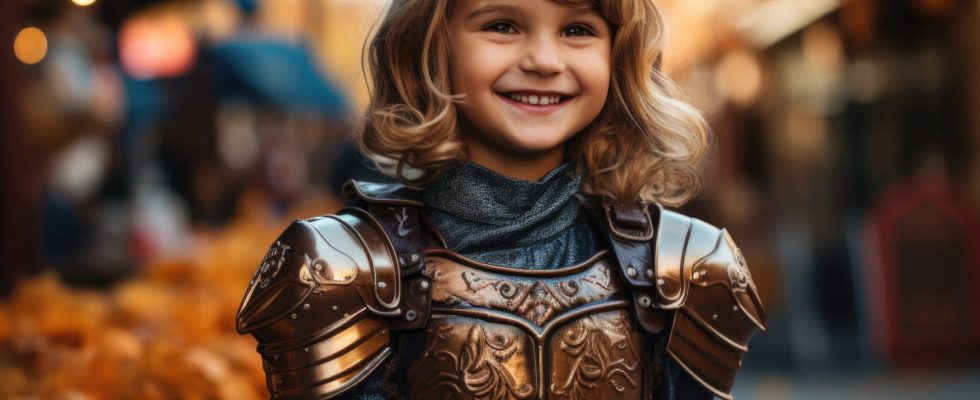A publishing house is reinventing the tales of our childhood by reversing the gender of the heroes. The objective? Paving the way for a more equal future. A concept that seduces as much as it divides.
A hero or heroine? The children choose! Kif-Kif Éditions launches this Monday, November 13 a series of reverse tales for children. The authors revisit the famous traditional tales by offering a second version of the story in which the genres swap. Cinderella becomes Cinderillo and Aladdin transforms into Aladina. A novelty that raises questions among parents.
What are reverse tales like?
Barbara Le Viet and Fanny Vella are two writers committed to gender equality. It was together that they had the idea of modernizing the tales of our childhood. Using Disney princes and princesses, the two novelists invite children to start reading by choosing the gender of the hero. If the story, as we know it, remains identical for the classic version, it changes when you turn the book over. Starting from the back cover, the gender of the main character changes. Pinnochio becomes Pinnochia or Snow White takes the place of Snow White. Thus, the story is revisited with a touch of humor, poetry and philosophy. An initiative aimed at place girls and boys on an equal footing. If the concept was quickly welcomed by several parents, others highlight some limitations.
Parents divided on the question
Faced with the launch of these inverted tales, Julia, mother of 2 little girls, is delighted: “A complete collection that revisits the great classics, I think it’s great. Loïs knows Disney by heart, it would be a real pleasure to introduce her to another version.” Same thing for Justine who takes the time to educate her 3 children on these societal issues: “It’s not for everyone to find the words to educate their children about gender equality, books are excellent for that”.
However, it sets certain limits: “The tales of our childhood are part of our history, our culture. We must leave room for other works, part of our current society, rather than wanting to start over again.” Emmy, mother of a young boy and a little girl, carefully chooses books for her children : “Current novels are perfectly responsible for addressing diversity in all its forms, there is no point in touching on traditional tales.” A concept that promises to be at the center of discussions!
